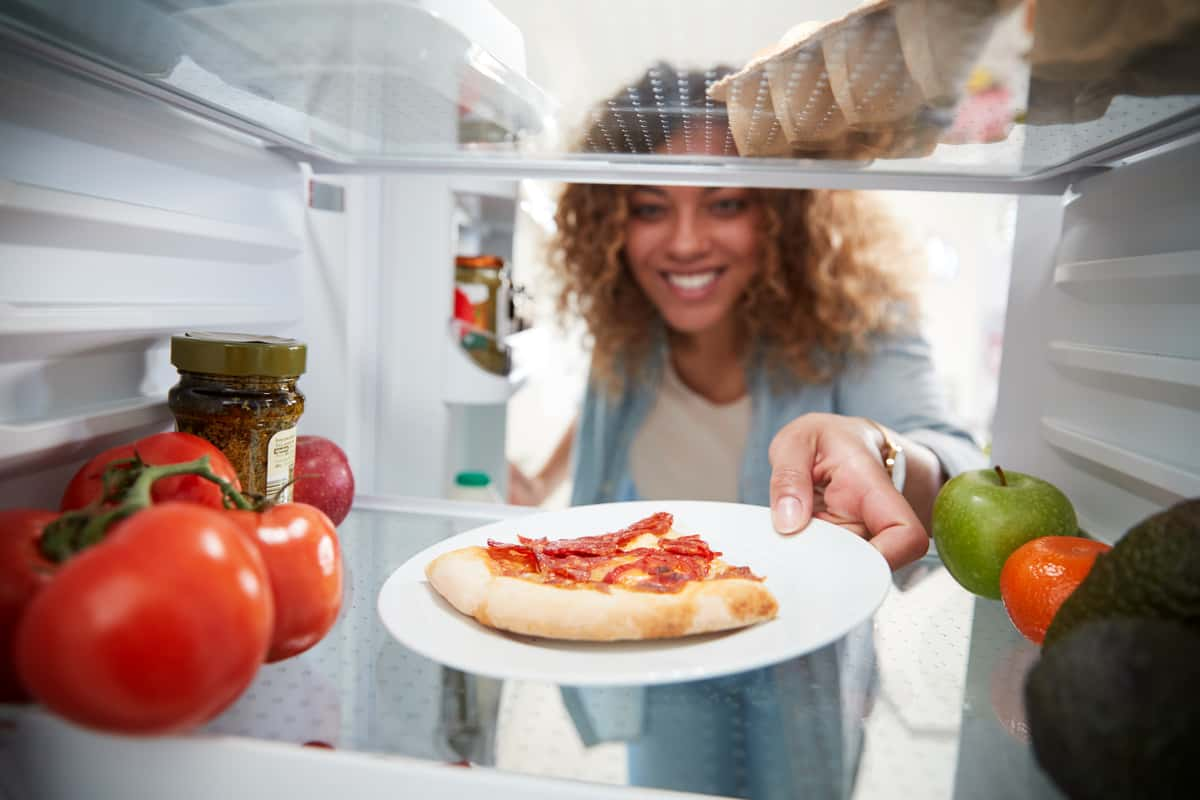

Articles
How To Store Pizza In Fridge
Modified: January 18, 2024
Discover the best way to store pizza in the fridge with our informative articles. Keep your leftover pizza fresh and delicious for days!
(Many of the links in this article redirect to a specific reviewed product. Your purchase of these products through affiliate links helps to generate commission for Storables.com, at no extra cost. Learn more)
Introduction
There is nothing quite like enjoying a delicious pizza straight from the oven. Whether it’s a classic pepperoni, a vegetarian delight, or a gourmet creation, pizza is a favorite food for many. But what happens when you can’t finish an entire pizza in one sitting? That’s when proper storage becomes essential.
Storing pizza properly is not only important for keeping it fresh but also for maintaining its flavor and texture. Nobody likes a soggy or stale slice of pizza, right? In this article, we will explore the best techniques for storing pizza in the fridge to ensure that every bite remains as satisfying as the first.
So, why is it so crucial to store pizza correctly? Well, aside from preventing any food wastage, properly stored pizza ensures that you can enjoy a delicious meal later on without compromising its taste or quality. Plus, with the right storage techniques, you can even extend the shelf life of your pizza, allowing you to savor it over multiple meals.
To store pizza in the fridge effectively, it’s necessary to follow a few key steps. In this article, we will cover everything from choosing the right container to preparing and wrapping the pizza correctly. We’ll also provide some helpful tips for extending the shelf life of your pizza leftovers and the best methods for reheating them.
So, whether you want to enjoy leftover pizza for dinner tomorrow or save a few slices for a midnight snack, read on to discover the best practices for storing pizza in the fridge.
Key Takeaways:
- Properly storing pizza in the fridge maintains its flavor, texture, and quality, minimizing food waste and maximizing shelf life. Follow simple steps like choosing the right container and reheating methods to savor every bite.
- By following storage and reheating tips, you can extend the shelf life of leftover pizza and enjoy it for a few extra days. Proper preparation, wrapping, and refrigeration ensure deliciousness and minimize food waste.
Read more: How To Store Pizza
Importance of Storing Pizza Properly
Properly storing pizza is crucial for several reasons. Firstly, it helps to maintain the original flavor and texture of the pizza. When pizza is not stored correctly, it can become soggy, dry, or even develop an unpleasant taste. By following the right storage techniques, you can ensure that each slice retains its deliciousness.
Secondly, storing pizza properly helps to prevent foodborne illnesses. Pizza contains various perishable ingredients such as cheese, meat, and vegetables, which can quickly spoil if not stored at the appropriate temperature. Bacteria can multiply rapidly on improperly stored pizza, leading to food poisoning and other health complications. By storing pizza in the fridge, you create a cool environment that inhibits bacterial growth and keeps your pizza safe to eat.
Thirdly, proper storage helps to minimize food waste. We’ve all experienced the disappointment of throwing out leftover pizza that has gone bad. By storing your pizza properly, you can extend its shelf life and reduce the amount of food you waste. Not only is this good for your wallet, but it’s also more environmentally friendly.
Additionally, properly stored pizza allows for greater meal planning flexibility. By storing leftover pizza in the fridge, you have the convenience of a ready-made meal whenever you want it. Whether it’s a quick lunch or a late-night snack, having pizza readily available means you can avoid the hassle of cooking or ordering takeout.
Lastly, storing pizza properly helps to maintain its appearance. We all know that presentation plays a significant role in our enjoyment of food. By storing pizza in the right container and wrapping it correctly, you can preserve its aesthetic appeal. No one wants to bite into a sad-looking, messy slice of pizza.
Overall, properly storing pizza is essential for preserving its taste, ensuring food safety, minimizing waste, and maintaining its visual appeal. By following the appropriate storage techniques, you can enjoy a fresh and delicious slice of pizza even after it has spent some time in the fridge.
Choosing the Right Container
When it comes to storing pizza in the fridge, selecting the right container is key. The container you choose should be able to keep your pizza fresh and prevent it from drying out or absorbing any external odors. Here are a few container options to consider:
- Airtight Containers: Airtight containers are an excellent choice for storing pizza. They create a sealed environment, preventing any air from entering and affecting the texture and taste of the pizza. Look for containers that are specifically designed for food storage and have a tight-fitting lid. These containers are usually made from plastic or glass and come in various sizes to accommodate different pizza sizes.
- Pizza Boxes: If you have the original pizza box and it’s still in good condition, you can use it for storage. However, pizza boxes are not airtight, so they may not keep the pizza as fresh as other container options. If you choose to use a pizza box, it’s essential to wrap the pizza properly to prevent it from drying out.
- Storage Bags or Wrap: Another option for storing pizza is to use plastic storage bags or plastic wrap. While these may not provide the same level of protection as airtight containers, they can still help to keep the pizza fresh. Wrap each slice individually or place the whole pizza in a bag, ensuring that there is no excess air inside.
When selecting the container, consider the size of the pizza and choose one that allows for proper storage without squishing or damaging the slices. It’s also a good idea to opt for BPA-free containers to ensure that no harmful chemicals leach into your pizza.
Remember, the goal is to keep your pizza as fresh as possible, so choose a container that provides a good seal and is convenient for storing in the fridge. A bit of effort in selecting the right container can go a long way in maintaining the quality of your leftover pizza.
Preparing the Pizza for Storage
Before you can store your leftover pizza in the fridge, it’s important to prepare it adequately. This preparation step ensures that your pizza stays fresh and maintains its flavor. Here are some tips on how to prepare your pizza for storage:
- Cooling Down: Allow the pizza to cool down completely before storing it. Placing hot pizza directly in the fridge can create condensation, leading to a soggy crust. Give the pizza at least 15-20 minutes to cool down before you start the storage process.
- Slice the Pizza: If you have a whole pizza, consider slicing it into individual portions before storing. This makes it easier to grab a single slice whenever you’re ready to enjoy it, rather than having to defrost the entire pizza.
- Remove Toppings: If your pizza has any additional toppings like fresh herbs or delicate vegetables, it’s best to remove them before storing. These toppings can quickly wilt or become mushy in the fridge, affecting the overall texture of the pizza. You can always add fresh toppings later when you’re ready to eat.
- Dab Excess Oil: If you notice any excess oil or grease on the surface of the pizza, use a paper towel to dab it off gently. This helps to prevent the pizza from becoming overly greasy and helps maintain its crispness.
- Separate Sauces: If your pizza comes with extra sauces, such as marinara or garlic sauce, separate them from the pizza slices and store them in small containers. This prevents the sauce from making the pizza soggy and allows you to control the amount you use when reheating.
By properly preparing your pizza before storage, you can maintain its quality and ensure that every slice tastes just as good as it did when it came out of the oven. Take a few extra minutes to follow these steps, and you’ll be rewarded with delicious leftover pizza whenever the craving strikes.
Wrapping the Pizza
Now that you have prepared your pizza for storage, the next step is to wrap it properly. Wrapping the pizza ensures that it stays fresh, prevents it from drying out, and minimizes the risk of any odors or flavors transferring to the slices. Here’s how to wrap your pizza effectively:
- Use Plastic Wrap: One of the most common and convenient methods for wrapping pizza is to use plastic wrap. Start by tearing off a sheet of plastic wrap large enough to cover the entire pizza. Place the pizza in the center and bring the edges of the plastic wrap together, forming a tight seal. Make sure there are no gaps or openings where air can get in.
- Aluminum Foil: Another option for wrapping pizza is aluminum foil. Similar to plastic wrap, tear off a sheet of foil large enough to completely enclose the pizza. Place the pizza in the center and fold the edges of the foil together, creating a secure pocket. Again, ensure that the foil is tightly sealed to prevent air from entering.
- Zip-Top Bags: For individual slices or smaller portions of pizza, you can use zip-top bags for wrapping. Place a single slice or multiple slices in a bag, remove excess air, and seal it tightly. This method works well if you plan to store and consume the slices individually.
- Storage Containers: If you have a pizza container or airtight storage container large enough to accommodate the size of your pizza, you can simply place the pizza inside and secure the lid tightly. This method provides extra protection and prevents any accidental flattening or damage to the pizza during storage.
Remember to label each wrapped pizza or container with the date to keep track of how long it has been in the fridge. This will help you determine the freshness and quality of the pizza when you’re ready to enjoy it.
By wrapping your pizza correctly, you can ensure that it retains its moisture, flavors, and overall quality while stored in the fridge. Proper wrapping also makes it easier to organize and stack your pizza slices or containers neatly, maximizing the space in your refrigerator.
To store pizza in the fridge, place it in an airtight container or wrap it in plastic wrap to prevent it from drying out. It can be stored for up to 4 days.
Read more: How To Store A Fridge
Storing Pizza in the Fridge
Now that your pizza is prepared and wrapped, it’s time to store it in the fridge. Proper storage in the refrigerator is essential to maintain the quality and freshness of your pizza. Follow these guidelines for storing pizza in the fridge:
- Select the Ideal Spot: Choose a spot in your fridge where the temperature is consistently cool. Ideally, this should be in the middle or lower shelves, away from the doors or any areas that may experience temperature fluctuations.
- Avoid Overcrowding: Give your pizza enough space in the fridge to allow air to circulate. Overcrowding the fridge can lead to uneven cooling and may affect the quality of the stored pizza slices. If you have multiple pizzas, place them in a single layer to ensure optimal storage conditions.
- Keep Away from Strong Odors: Avoid storing your pizza near strong-smelling foods like onions or garlic, as the pizza can absorb these flavors. If possible, use a dedicated space or container specifically for storing pizza to prevent any cross-contamination of odors.
- Open Containers with Care: If you’re using a pizza box or an open container, ensure that it is covered with a lid or securely wrapped with plastic wrap or foil. This helps to maintain the freshness of the pizza and prevents any external elements from affecting its taste.
- Refrigerate Promptly: It’s crucial to refrigerate your pizza promptly after it has been prepared or when you have leftovers. Leaving pizza at room temperature for an extended period can increase the risk of bacterial growth and spoilage. Aim to refrigerate your pizza within two hours of cooking or once it has cooled down.
By following these guidelines, you can ensure that your pizza stays fresh and delicious while stored in the fridge. Proper storage practices will help maintain the integrity of the pizza’s flavors, textures, and overall quality.
Keep in mind that stored pizza is best consumed within three to four days. After that, the quality may start to deteriorate, and the risk of spoilage increases. It’s always a good idea to check the pizza before consuming to ensure it still looks and smells fresh.
Tips for Extending Pizza’s Shelf Life
While pizza is undoubtedly delicious, it’s prone to spoilage due to its perishable ingredients. However, with a few simple tips and tricks, you can extend the shelf life of your pizza, allowing you to enjoy it for longer. Here are some helpful tips for making your pizza last:
- Store in the Right Temperature: Keep your pizza stored in the refrigerator at a temperature between 35°F and 40°F. This temperature range is ideal for slowing down the growth of bacteria and preventing spoilage.
- Keep the Pizza Whole: If possible, try to store the pizza as a whole instead of slicing it into individual pieces. Slicing exposes more surface area, which can cause the pizza to dry out faster. By keeping it whole and only slicing what you plan to eat, you can extend the freshness of the remaining slices.
- Refrigerate Immediately: As mentioned earlier, refrigerate your pizza as soon as possible after cooking or when you have leftovers. The longer pizza stays at room temperature, the higher the risk of bacteria growth and spoilage. Promptly refrigerating it within two hours can help preserve its quality.
- Separately Wrap Each Slice: If you prefer to slice your pizza before storing, individually wrapping each slice is a great way to maintain freshness. Use plastic wrap or store the slices in separate zip-top bags to prevent drying and to keep them from sticking together.
- Refrigerate Sauces Separately: If your pizza came with extra sauces, such as marinara or ranch, it’s best to store them separately in airtight containers. This prevents the pizza from becoming too moist and helps maintain its texture when reheating.
- Rotate Storage: If you have multiple pizzas or leftovers, take a rotation approach when consuming them. Use the older pizzas first before moving on to the fresher ones. This helps ensure that no pizza goes to waste and that you’re enjoying the slices at their best.
- Reheat Properly: When reheating leftover pizza, it’s essential to do it properly to maintain its flavor and texture. Avoid using the microwave, as it can make the pizza soggy. Instead, use a preheated oven or a skillet on the stovetop to reheat the slices. This will help to restore the crispy crust and melted cheese.
By following these tips, you can maximize the shelf life of your pizza and enjoy it for an extended period. However, it’s important to note that even with proper storage, the quality of pizza can start to decline after a few days. Always use your judgment, check for signs of spoilage, and discard any pizza that appears or smells off.
With these tips, you can savor your favorite pizza flavors even longer and make the most out of your leftovers.
Reheating Leftover Pizza
Leftover pizza can be just as delicious as when it was first made, provided you know the best methods for reheating it. While the microwave may seem like the easiest option, it often results in a soggy and unappetizing slice. To bring back the crispy crust and melty cheese, try these effective reheating methods:
- Oven Reheating: Preheat your oven to 375°F (190°C). Place the leftover pizza directly on the oven rack or on a baking sheet lined with foil for easy cleanup. Bake for about 10-15 minutes or until the cheese has melted, and the crust becomes crispy. This method helps to revive the texture and flavors, giving you a slice that’s close to freshly baked.
- Skillet Reheating: Heat a non-stick skillet over medium-low heat. Place the pizza slices in the skillet and cover with a lid. Cook for a few minutes or until the cheese begins to melt and the crust becomes crispy. This method is quick and convenient and results in a deliciously crispy crust.
- Toaster Oven or Air Fryer: If you have a toaster oven or an air fryer, they can be great alternatives to reheating pizza. Preheat the toaster oven or air fryer to 350°F (175°C) and place the slices on the rack or in the basket. Reheat for about 5-7 minutes or until the cheese is melted and the crust is crispy.
- Grill Reheating: For those who love the smoky flavor, you can even reheat pizza on a grill. Preheat the grill to medium heat and place the pizza slices directly on the grill grates. Close the lid and cook for a few minutes until the cheese has melted and the crust is nicely charred. Keep a close eye on it to prevent burning.
Regardless of the reheating method you choose, it’s essential to monitor the pizza closely to prevent it from burning. Every oven and stove varies in temperature, so adjust the cooking time accordingly to achieve the desired results.
Once reheated, enjoy your leftover pizza as is, or if desired, you can add sprinkle some grated cheese or fresh toppings to liven it up. Pair it with a side salad or some dipping sauces for a complete meal.
Remember, while reheating can restore the flavors and textures of leftover pizza, it’s best to consume it within a few days of refrigeration to ensure its freshness and quality.
Conclusion
Properly storing pizza in the fridge ensures that you can enjoy its deliciousness even after the initial meal. By following the steps outlined in this article, such as choosing the right container, preparing the pizza for storage, wrapping it properly, and storing it in the fridge, you can maintain the flavor, texture, and overall quality of your leftover pizza.
Storing pizza properly is not just about preventing food wastage; it’s also about maximizing its shelf life and minimizing the risk of foodborne illnesses. Taking the time to cool down the pizza, slice it if necessary, and separate any toppings or sauces before wrapping and storing are essential steps in maintaining the quality of your pizza leftovers.
Remember to store your pizza in the refrigerator promptly after preparation or when you have leftovers, and keep it at an appropriate temperature. Avoid overcrowding the fridge and store the pizza away from strong-smelling foods to prevent any odors from transferring.
By following the tips for extending the shelf life of your pizza, you can enjoy it for a few extra days. And when it comes time to reheat your leftover pizza, opt for methods like oven reheating, skillet reheating, toaster oven or air fryer reheating, or even grilling to restore its crispy crust and melty cheese.
In conclusion, properly storing and reheating leftover pizza not only ensures its lasting deliciousness but also helps minimize food waste and allows for convenient meal planning. So, the next time you have some pizza left over, use the techniques and tips shared in this article to savor every bite all over again.
Frequently Asked Questions about How To Store Pizza In Fridge
Was this page helpful?
At Storables.com, we guarantee accurate and reliable information. Our content, validated by Expert Board Contributors, is crafted following stringent Editorial Policies. We're committed to providing you with well-researched, expert-backed insights for all your informational needs.
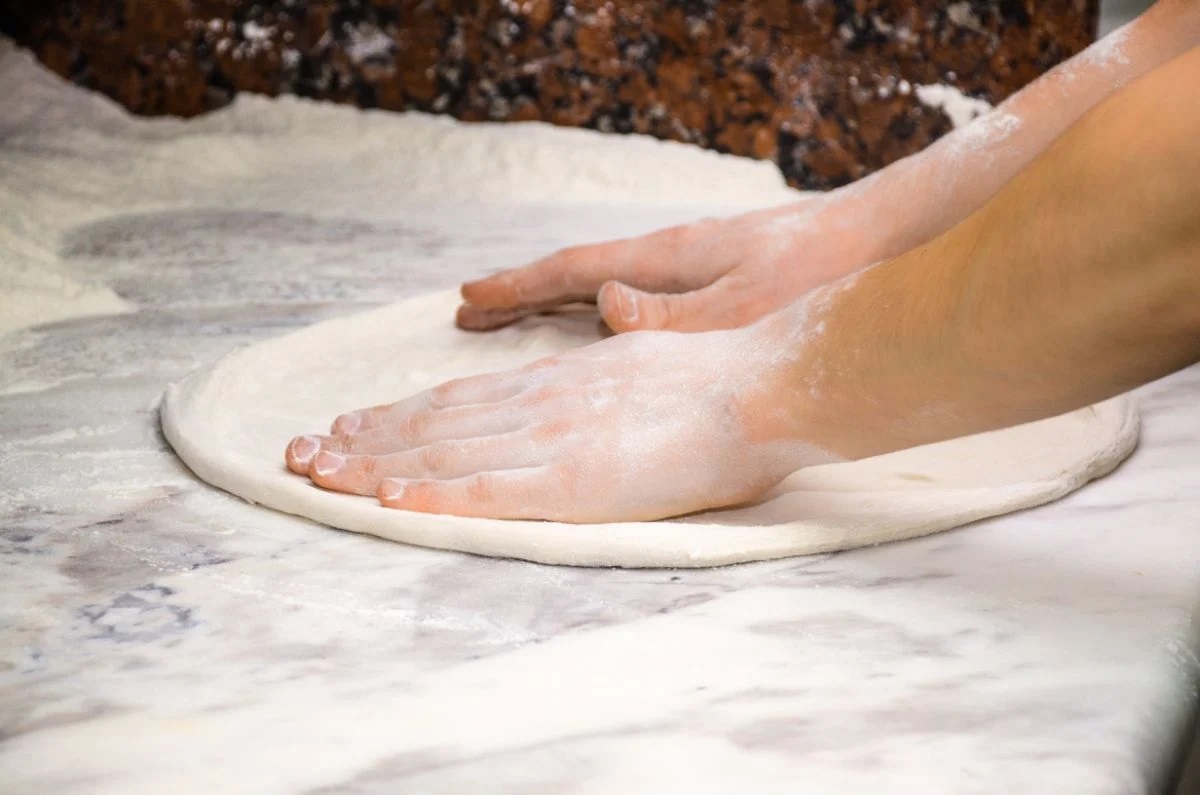
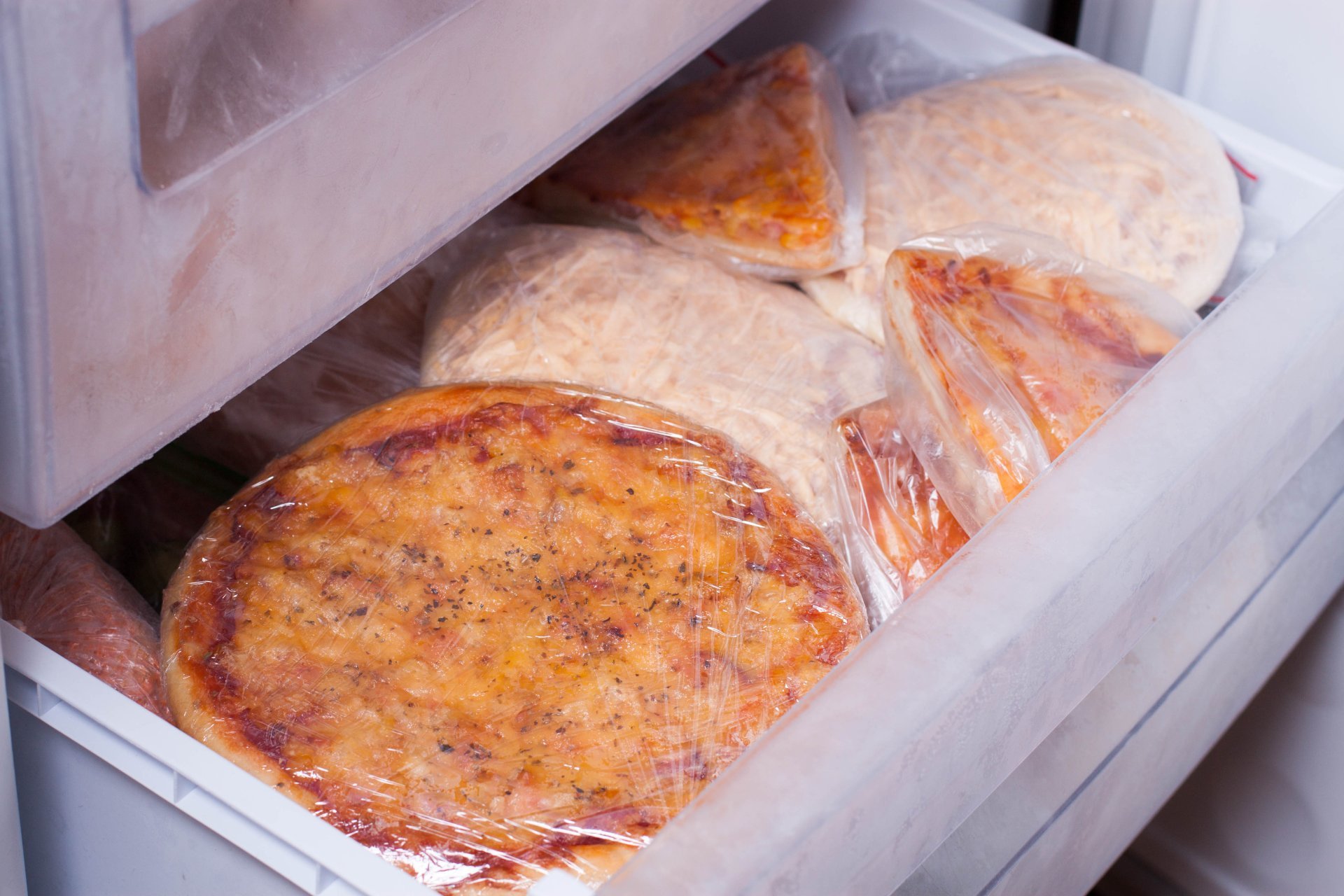

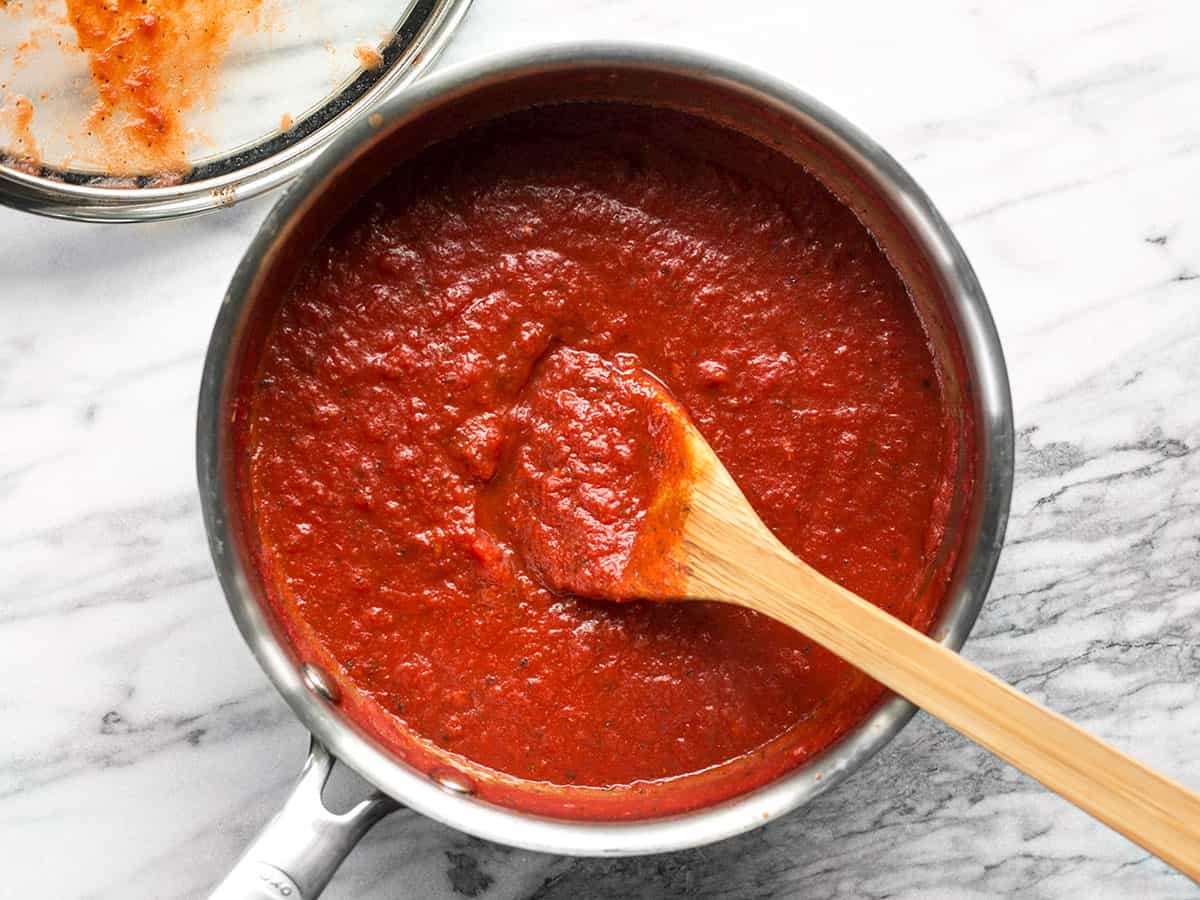
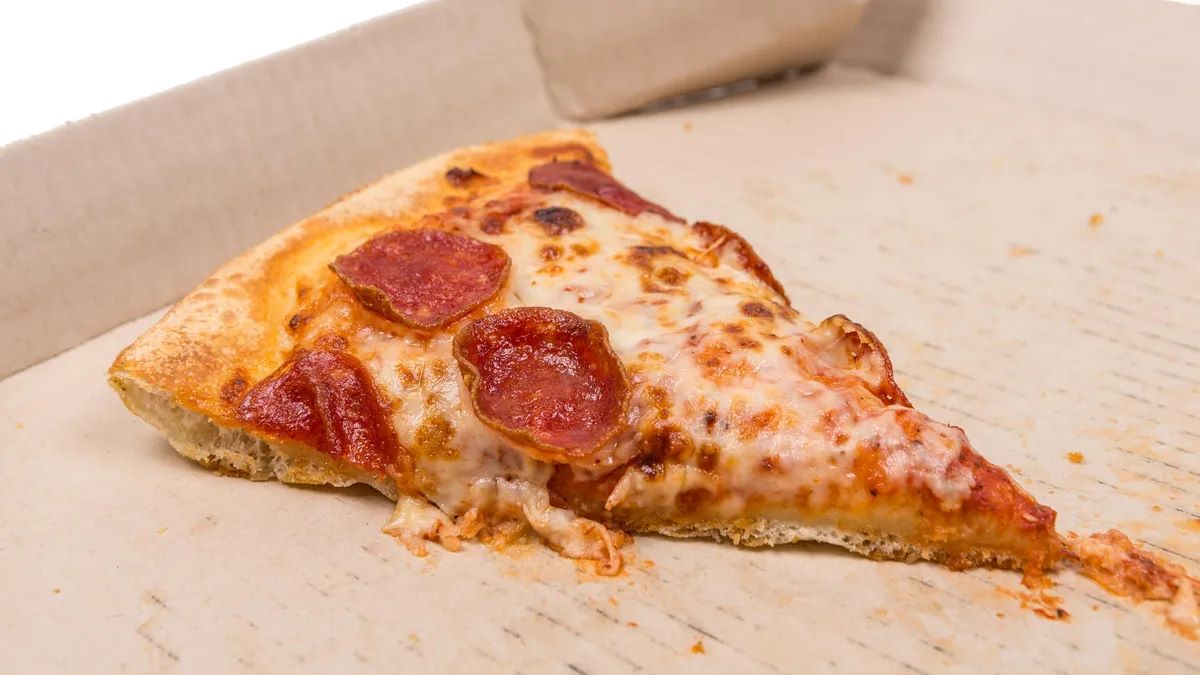
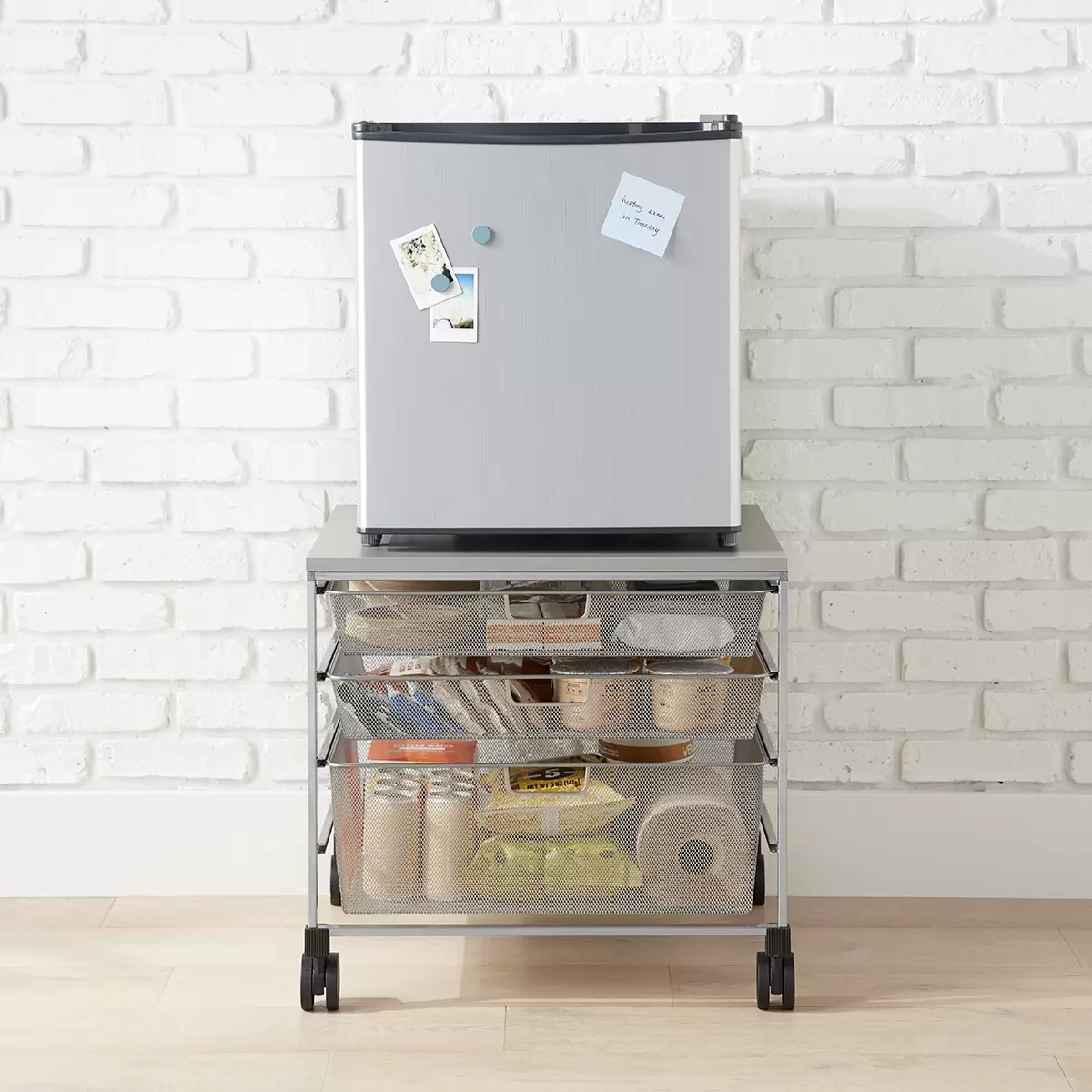
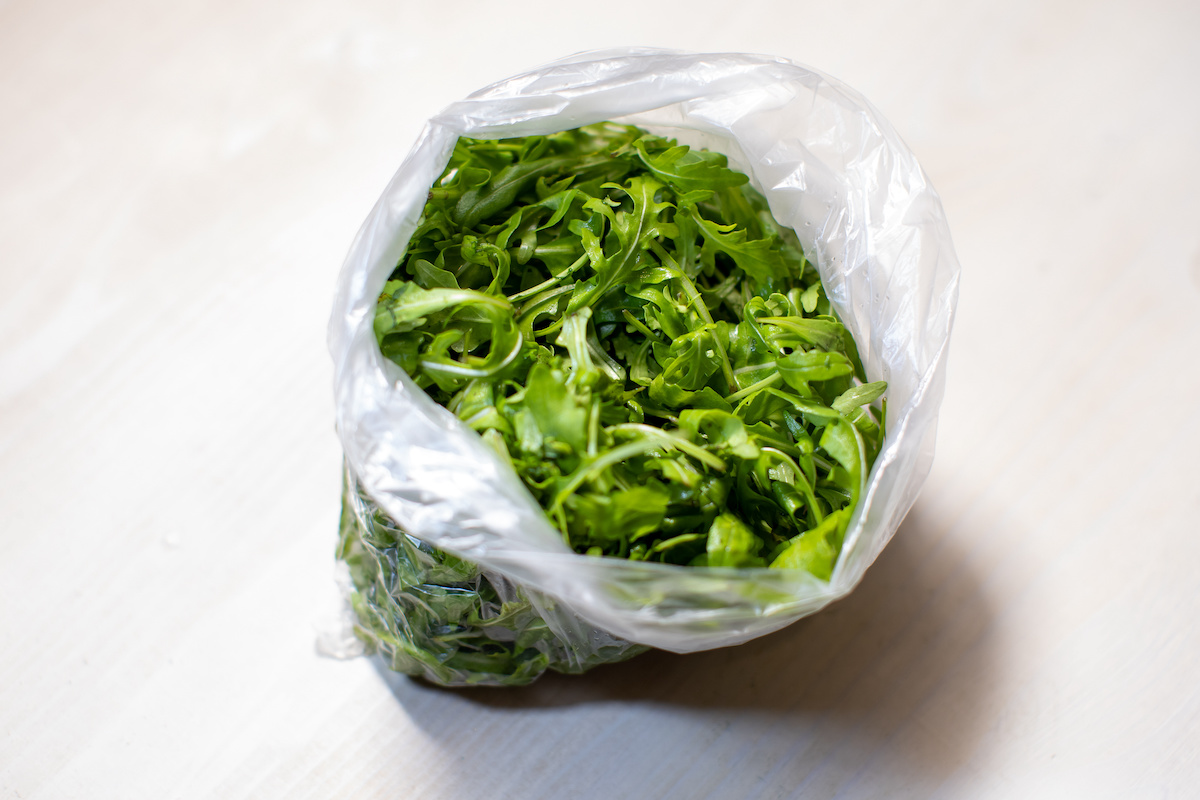
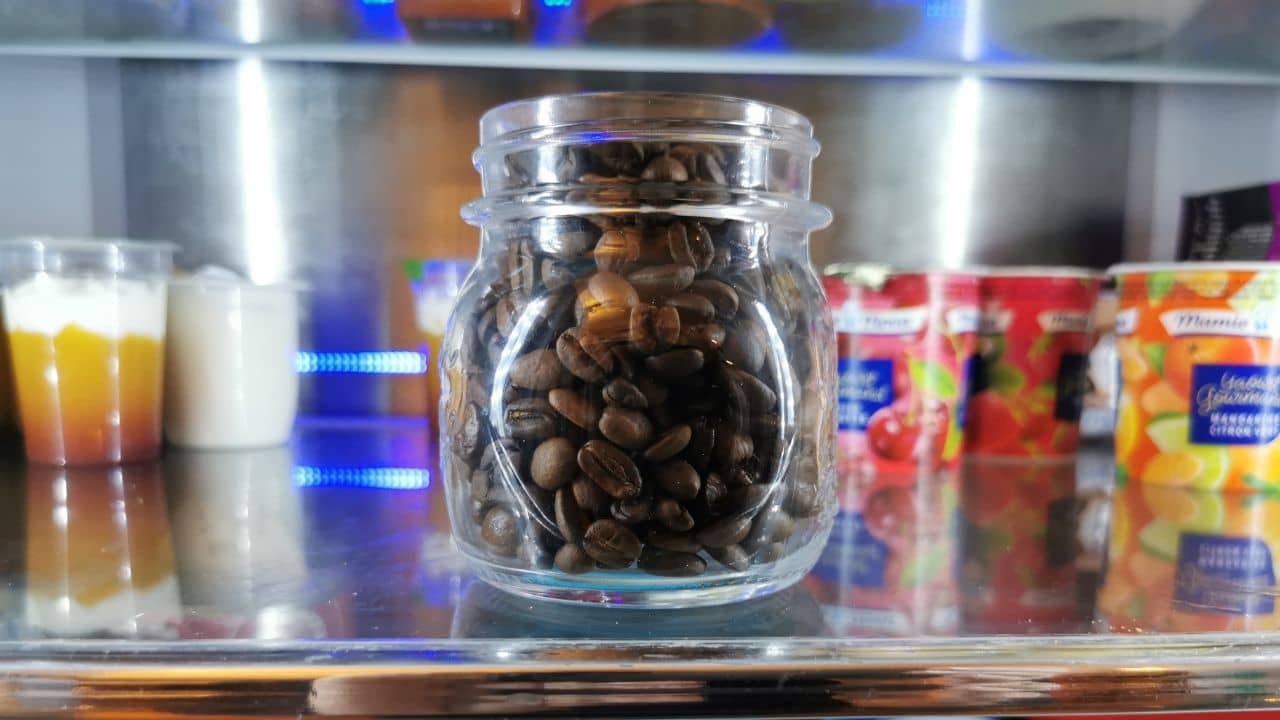

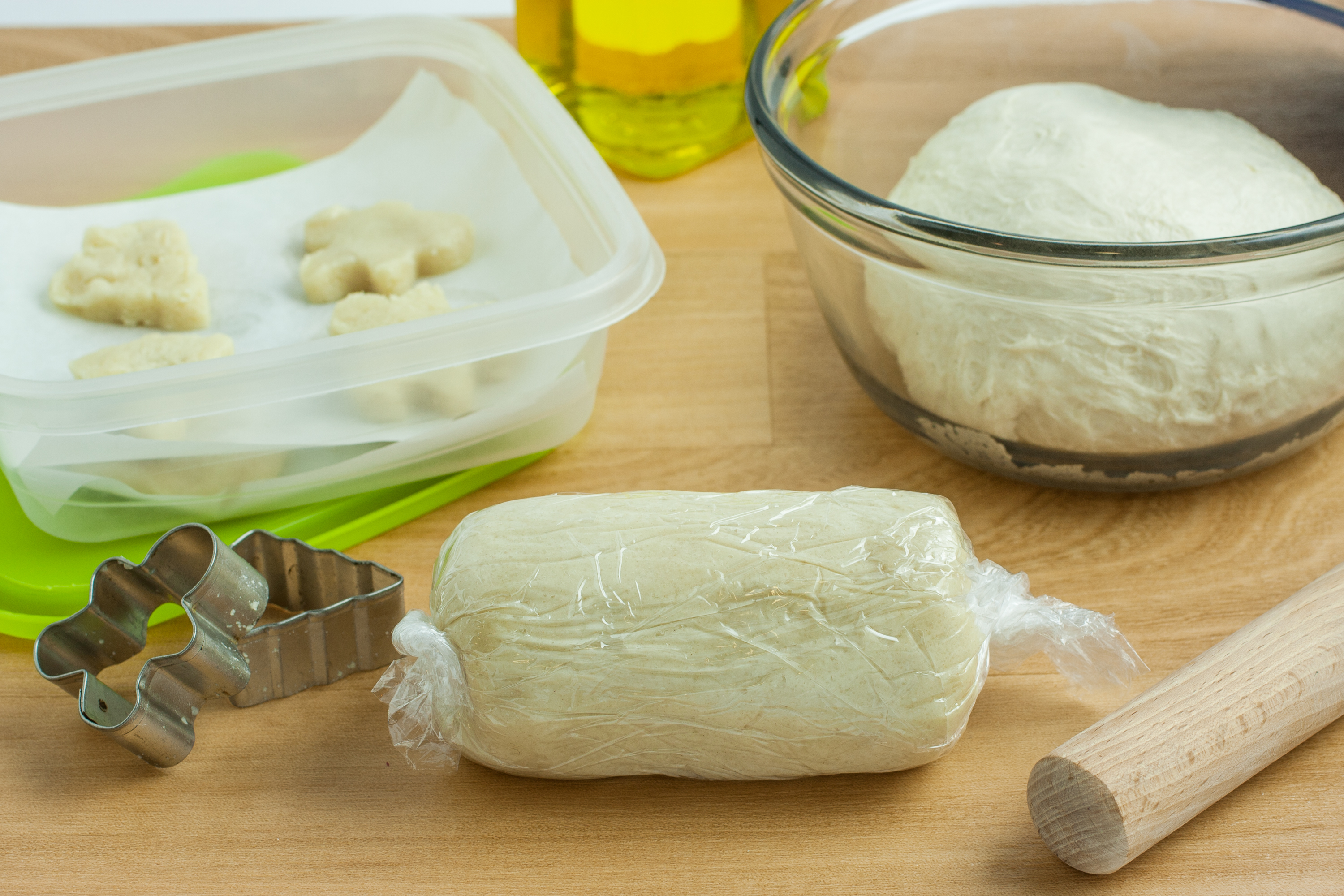

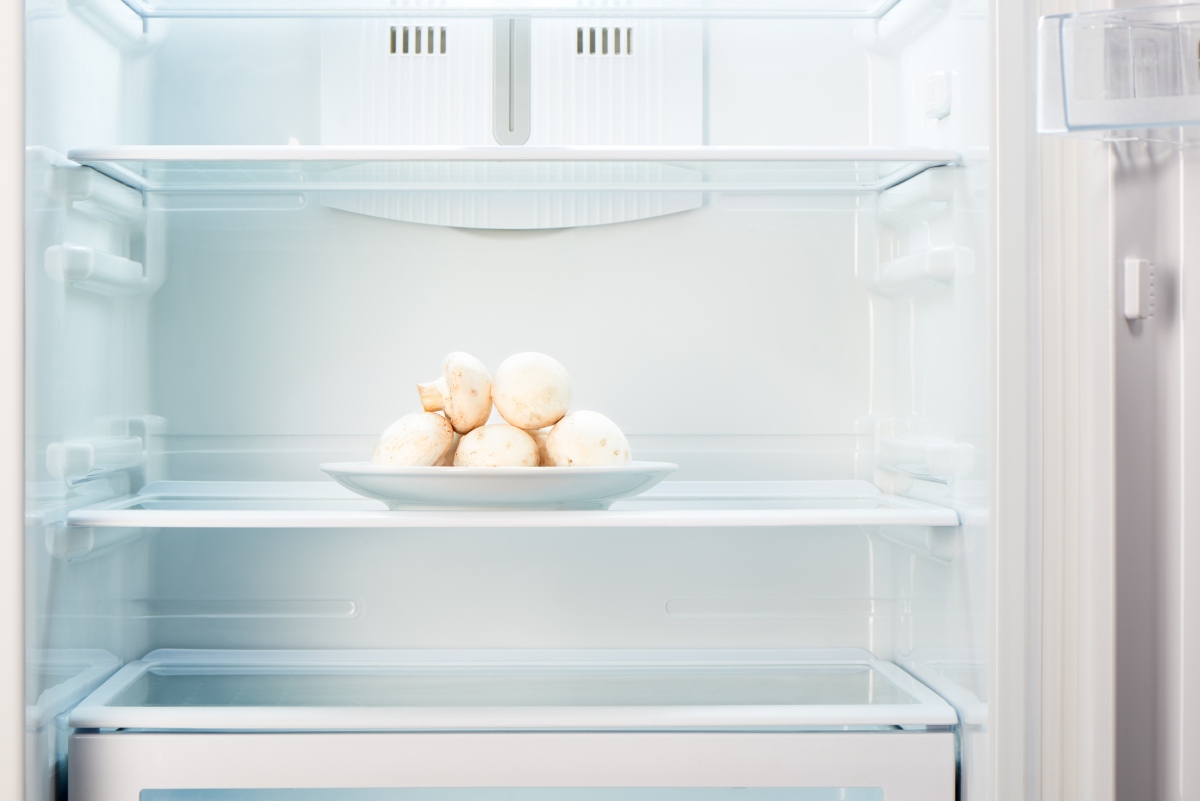
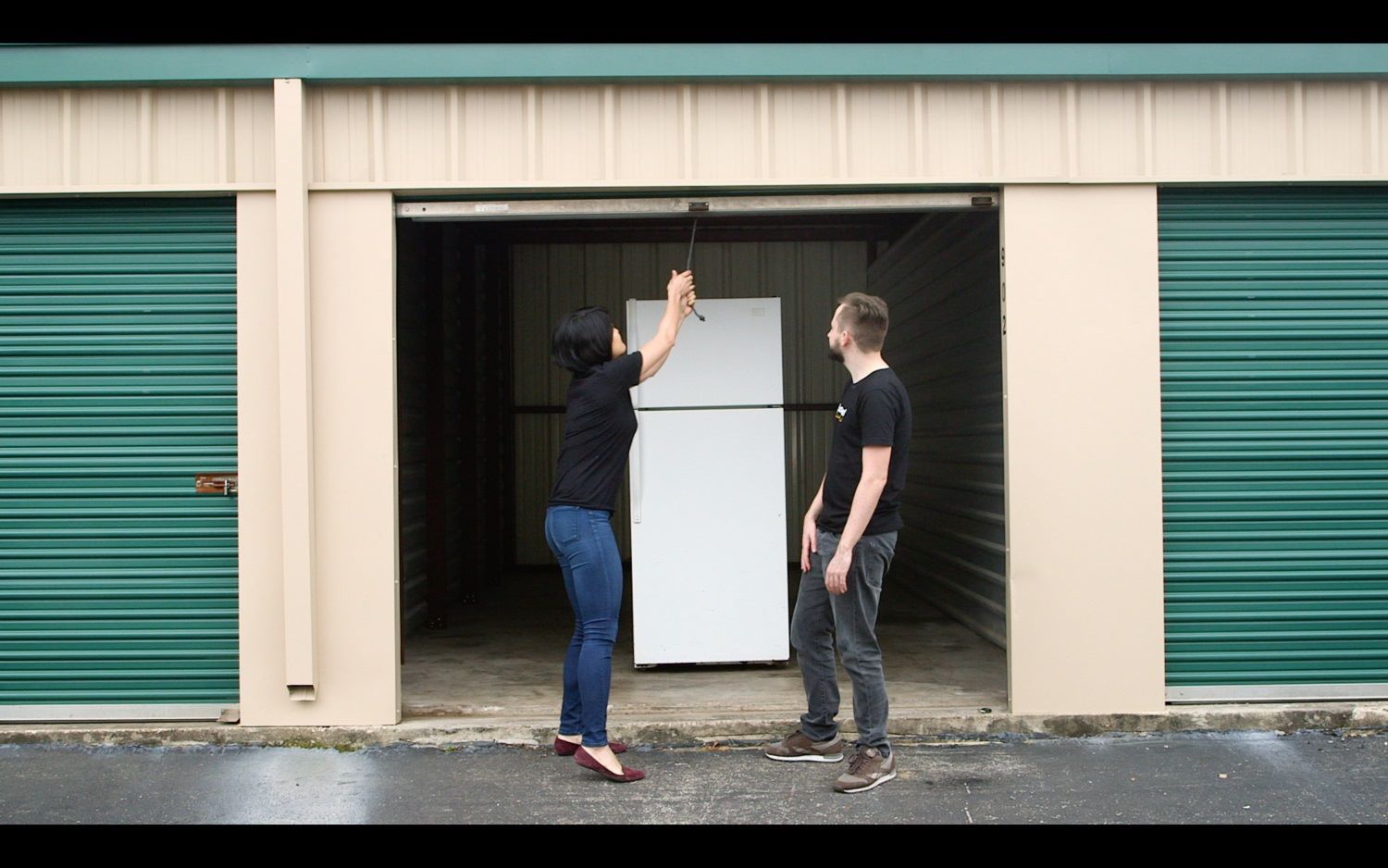


0 thoughts on “How To Store Pizza In Fridge”